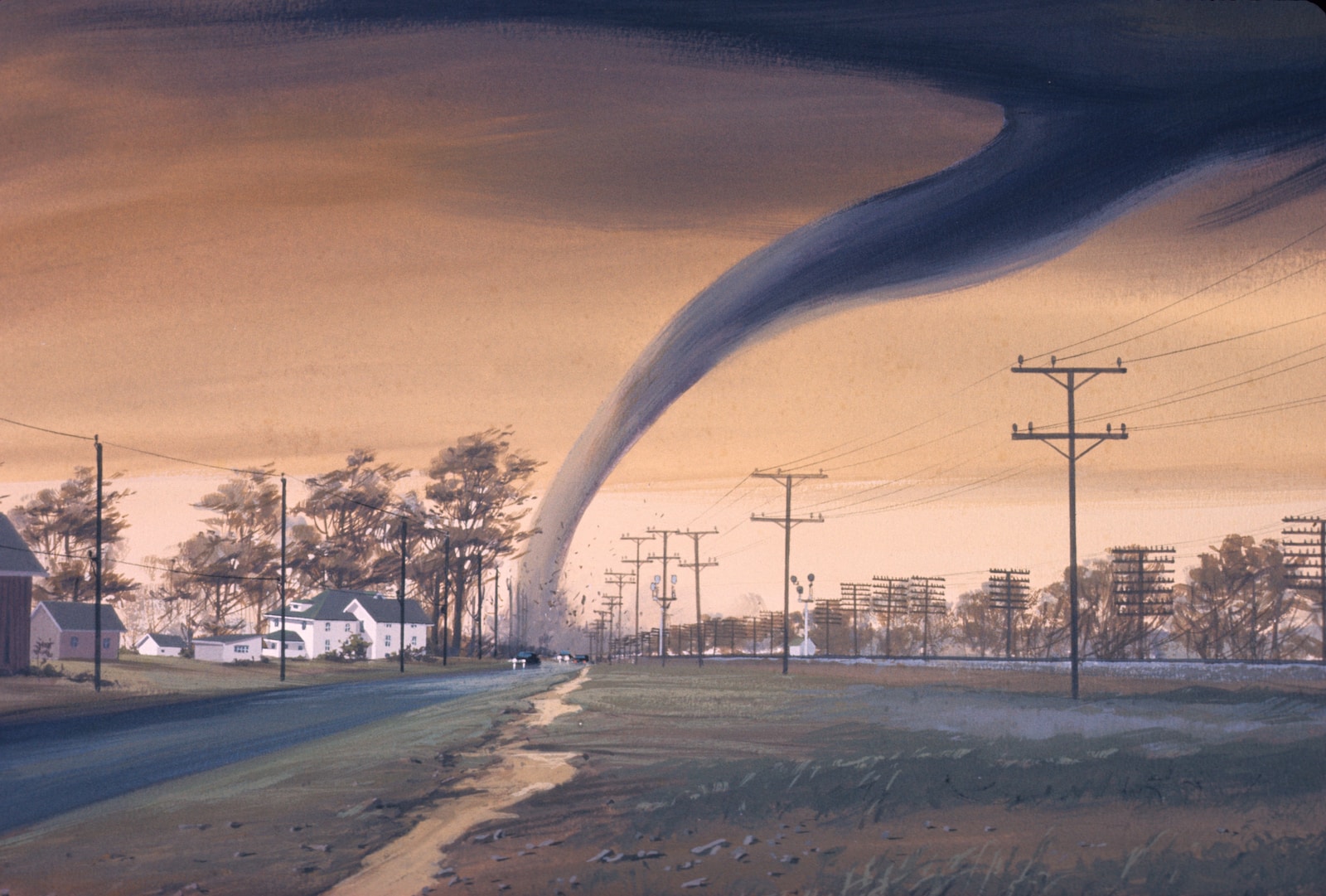Weathering the Storm: The Reinsurance Market’s Stance on Extreme Weather Cover
In the dynamic world of property catastrophe reinsurance, there has been a notable resistance from reinsurers to lower prices or soften terms for coverage against extreme weather events. This stance comes despite brokers highlighting the ongoing affordability challenges impacting the global economy.
Over the past 18 months, the property catastrophe reinsurance market, which plays a pivotal role in sharing weather-related losses claimed by homes and businesses, has witnessed a substantial increase in pricing. This rise has been a boon for reinsurers, bolstering their underwriting profits and positively impacting share prices.
The industry has seen calls from senior figures urging reinsurers to reduce prices and take on more risk. This appeal aims to alleviate the financial strain on insurers and their clients. However, as the annual reinsurance negotiations draw to a close, these calls appear to be unheeded. A significant point of contention is the “retention” level – the threshold of losses insurers must bear before reinsurance activates. Reinsurers show little willingness to lower this threshold, according to broker insights.
David Priebe, president of reinsurance broker Guy Carpenter, expresses concern over the reinsurance community’s reluctance to reduce costs associated with extreme weather-related losses. He warns that such a stance could question the long-term relevance of reinsurers in the market.
The negotiations for the January renewals, though more orderly than the previous year, reflect a complex marketplace. Some reinsurers are offering increased coverage, but the overall market remains challenging to navigate, as observed by Michael Van Slooten of Aon’s reinsurance division.
Fitch Ratings anticipates a continued rise in reinsurance rates, albeit at a slower pace, with less than a 10% average increase expected in January. The most significant hikes are likely in regions previously affected by losses. Notably, reinsurance costs in catastrophe-stricken U.S. areas have previously seen up to a double increase.
Brokers also report a hesitancy among reinsurers to cover increasingly frequent “secondary” catastrophes like severe thunderstorms, in contrast to major events like hurricanes. These secondary events are key contributors to the prediction that annual insured losses from natural catastrophes may reach $100 billion for the fourth consecutive year.
Reinsurers justify their pricing strategies by citing factors such as climate change, inflation, and the concentration of wealth and property in storm-prone regions. They emphasize the necessity for premiums to adequately reflect the heightened risk and inflationary pressures.
David Flandro, from Howden’s reinsurance broking arm, describes the current renewal phase as “finely balanced,” but acknowledges a slight supply-demand imbalance in the reinsurance sector. This imbalance is attributed to the slower entry of new participants into the market compared to previous price corrections.
In summary, the property catastrophe reinsurance market is facing a period of significant change, marked by increasing prices and a stringent stance from reinsurers amidst growing global challenges. This scenario underscores the complexity of balancing risk, affordability, and market sustainability in an era of escalating extreme weather events.







